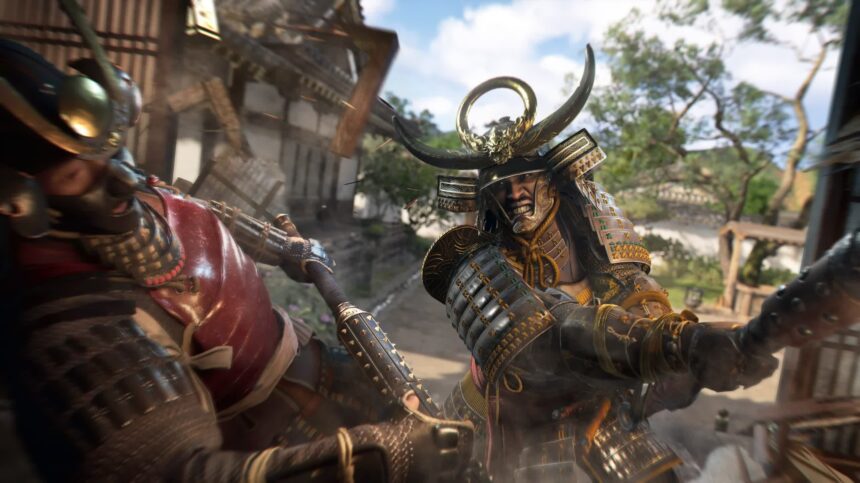Something to look forward to: For years feudal Japan has been the most requested setting for an Assassin’s Creed game, and Ubisoft will finally indulge those demands this November with Assassin’s Creed Shadows. Although the company hasn’t revealed any gameplay yet, a broad overview of the title reveals multiple significant changes compared to previous entries in the franchise.
Ubisoft has released a pre-rendered reveal trailer for Assassin’s Creed Shadows, the next major entry in its long-running series of historical fantasy action games. Scheduled for release on November 15 for PC, Mac, and consoles, the game takes players to late 16th-century Japan.
While prior Assassin’s Creed titles allowed players to choose between two characters, Shadows alters this approach. Its two avatars are directly connected to historical events and people, each utilizing completely different gameplay styles. Most of the game allows for freely switching between characters.
To engage in open combat similar to Assassin’s Creed Origins or Odyssey, players can control Yasuke – a real-life samurai from Africa who served under warlord Oda Nobunaga. Ubisoft chose Yasuke because he provides a convenient connection between multiple historical topics involving the samurai and Portuguese traders. The game’s focus on a samurai of foreign descent will likely draw comparisons to the recent portrayals of the English-born samurai William Adams in Koei Tecmo’s Nioh and FX’s critically acclaimed TV series Shogun.
Meanwhile, players wishing to return to the stealth origins of Assassin’s Creed can choose Naoe, a ninja and the fictional daughter of the real-life figure Fujibayashi Nagato. Ubisoft told IGN that the game will introduce a stealth system based on dynamic lights and shadows, similar to the Thief series or Ubisoft’s own Splinter Cell. A new prone stance will also help players crawl into more hiding spots, and a physics-based grappling hook enables climbing.
Changing seasons also aim to make the game more dynamic. Each of the four seasons changes the entire map, altering the environment and character behavior to present players with different challenges. Some missions must occur during certain seasons to align with historical events, but others can transpire at any time.
Furthermore, progression through Assassin’s Creed Shadows will be somewhat nonlinear at points. Missions will give players increased freedom with objectives, and it will be possible to encounter some assassination targets in any order without technically starting a mission.
The game’s map, covering a region in central Japan, will be roughly the size of Egypt from Assassin’s Creed Origins. However, it will feel somewhat less dense due to a more realistic scale ratio, meant to make landmarks like castles and mountains more prominent. Unlike past entries, climbing those landmarks no longer populates the world map with icons. Players must instead organically spot points of interest.
Although Assassin’s Creed Shadows is a single-player game, the PlayStation Store page states that online play is required, suggesting that it might be an online-only title. Currently, none of the other platforms mention an internet requirement.
A list of basic system requirements indicates that the PC version will be more demanding than prior titles like Assassin’s Creed Valhalla. Shadows will require at least a GeForce GTX 1060 or a Radeon RX 570, but Ubisoft recommends an RTX 2070 or RX 5700 XT. Judging by previous entries, these specs likely target 1080p gameplay. The game will also require 100 GB of storage space.
Assassin’s Creed Shadows launches on November 15 for $69.99 on PlayStation 5, Xbox Series, Ubisoft Connect, the Epic Games Store, and the Mac App Store. The Mac version will require an Apple CPU, but Ubisoft hasn’t listed system requirements for that version yet.

